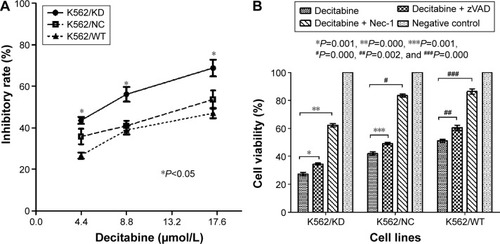Figures & data
Table 1 Three types of shRNA plasmids
Figure 1 γ-Catenin expression and clinical characteristics.
Abbreviations: AML, acute myeloid leukemia; mRNA, messenger RNA; WBC, white blood cells.
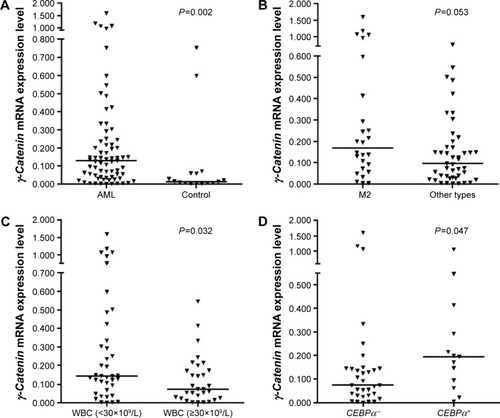
Table 2 Patient characteristics
Figure 2 γ-Catenin expression and clinical characteristics.
Abbreviations: AML, acute myeloid leukemia; mRNA, messenger RNA.
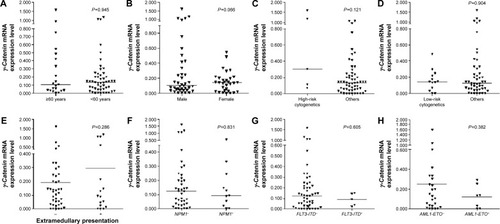
Figure 3 The expression level of γ-catenin gene compared between patients (n=38) who achieved CR following one to two cycles of standard induction chemotherapy and those who could not achieve CR after two cycles of induction chemotherapy (n=18).
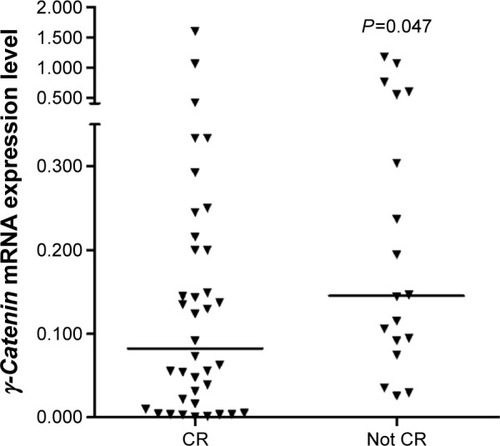
Figure 4 γ-Catenin expression and OS and RFS in AML.
Abbreviations: OS, overall survival; RFS, relapse-free survival; AML, acute myeloid leukemia.
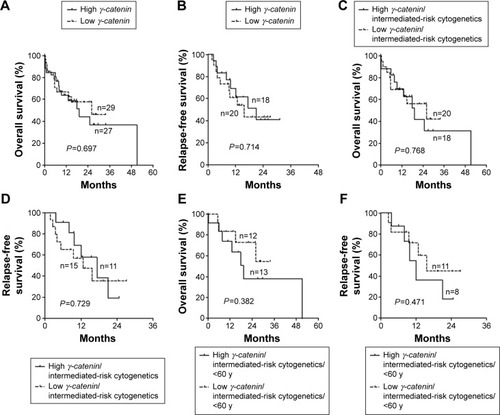
Figure 5 γ-Catenin protein level in K562 and THP-1 cell line and the process of transfection in K562.
Abbreviations: GAPDH, glyceraldehyde 3-phosphate dehydrogenase; KD, knockdown; h, hours; NC, negative control; shRNA, short hairpin RNA.
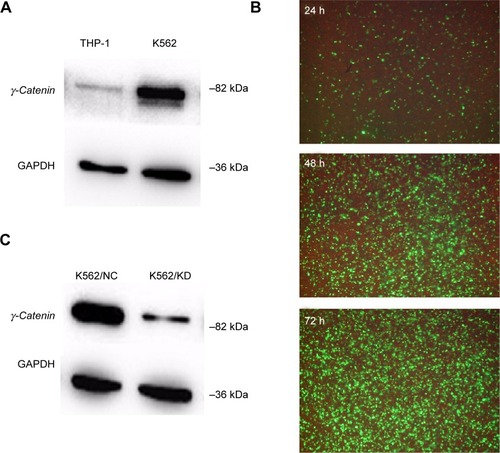
Figure 6 The cell viability and ability of migration.
Abbreviations: KD, knockdown; NC, negative control; WT, wild type.
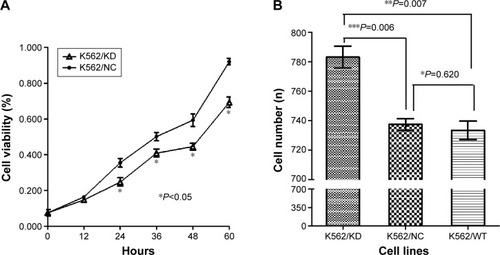
Figure 7 The effect of decitabine.
Abbreviations: KD, knockdown; Nec-1, Necrostatin-1; NC, negative control; WT, wild type; zVAD, Benzyloxycarbonyl-Val-Ala-Asp.
